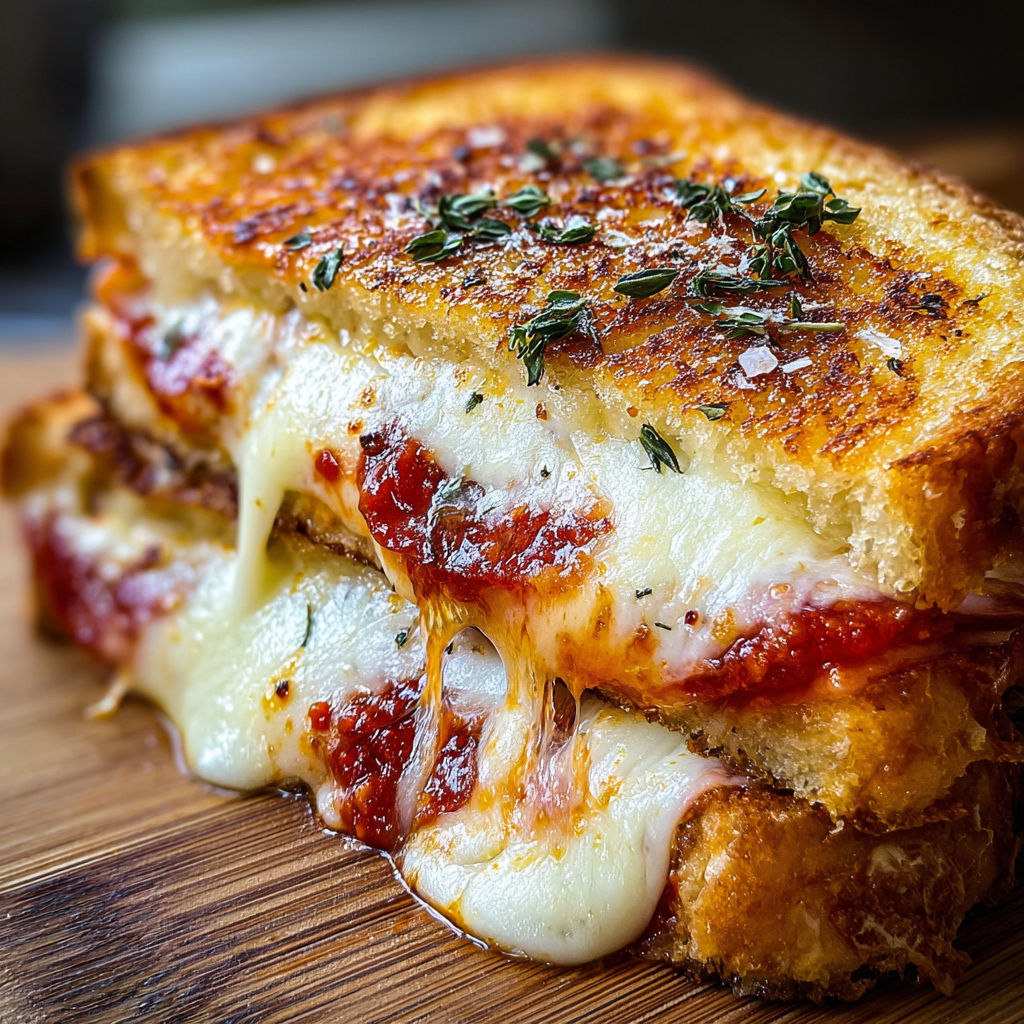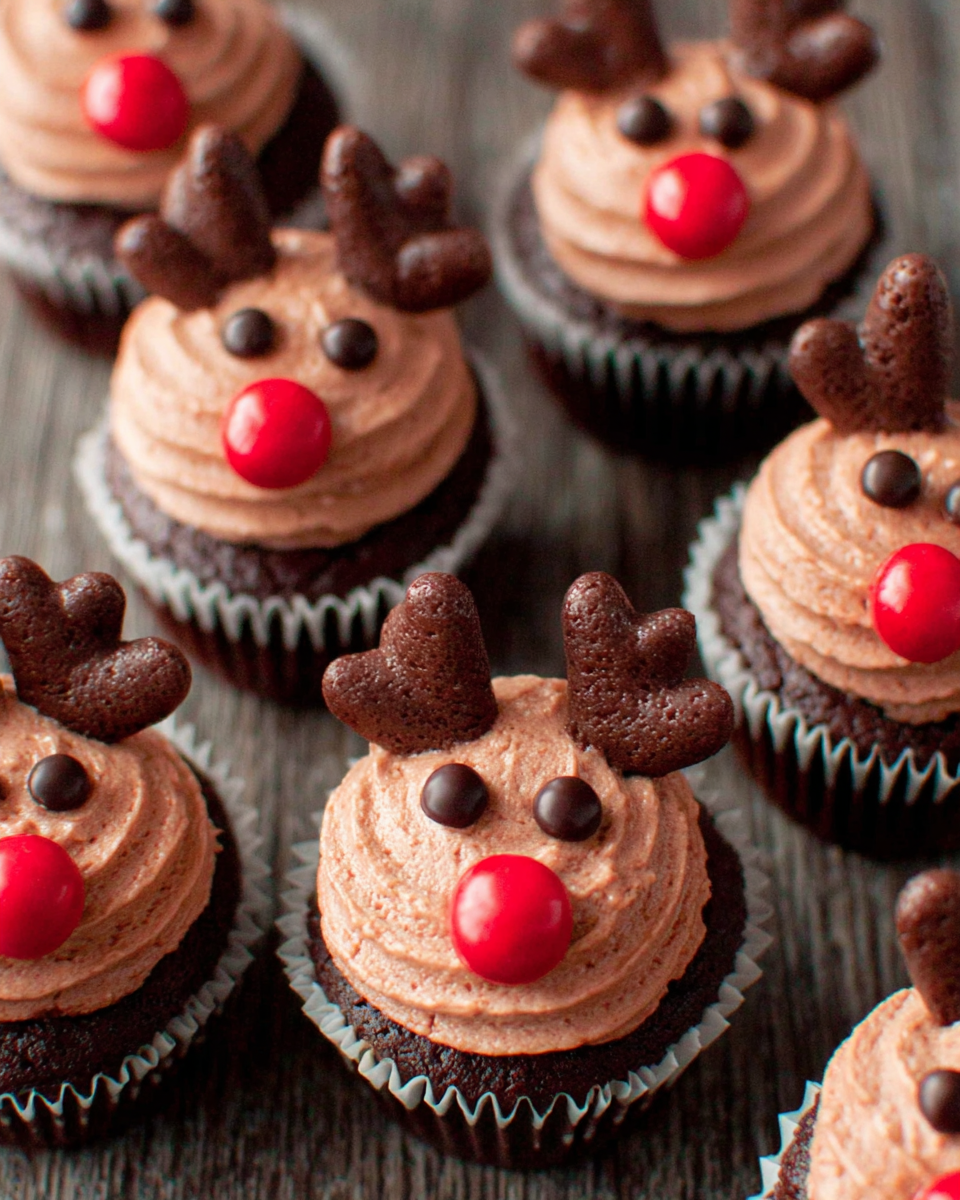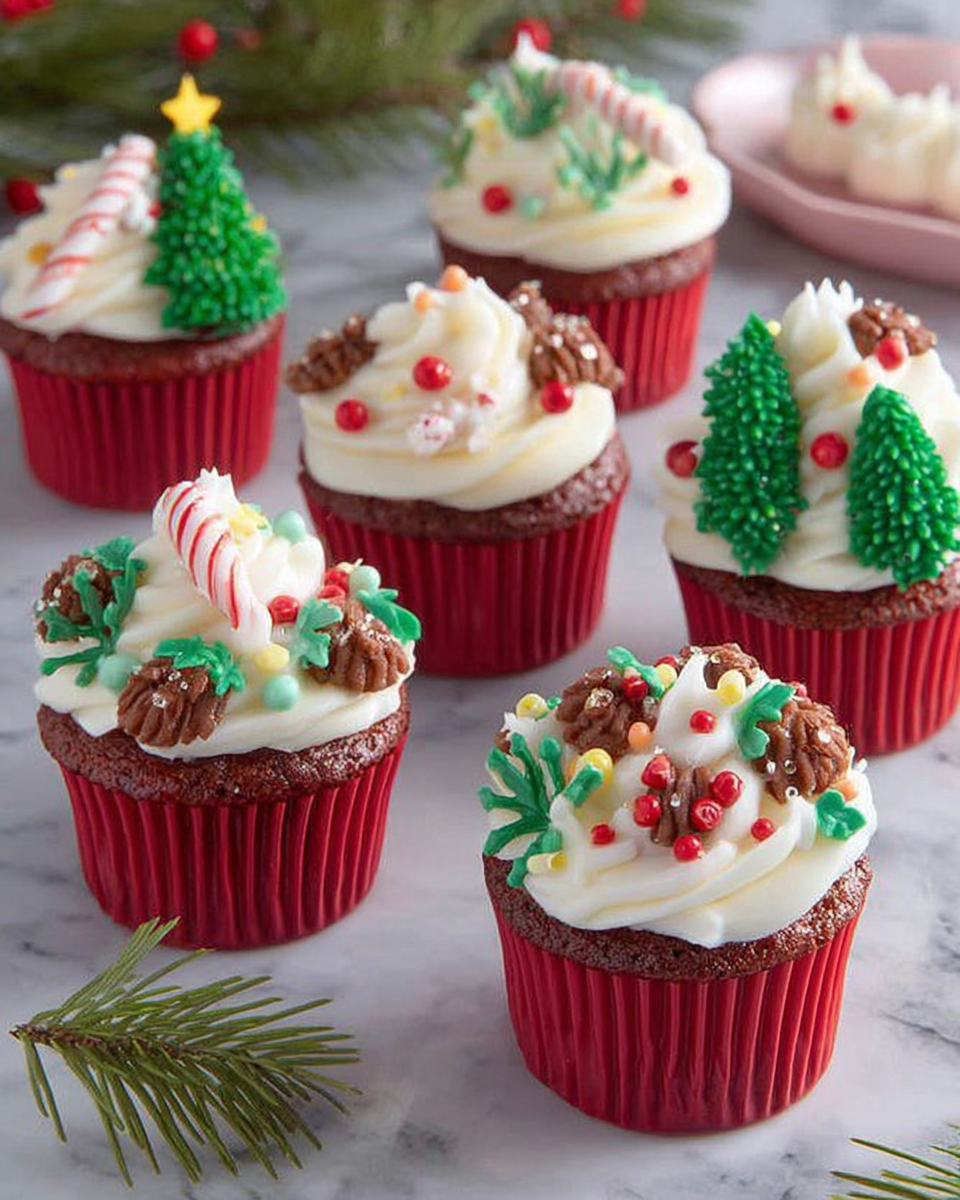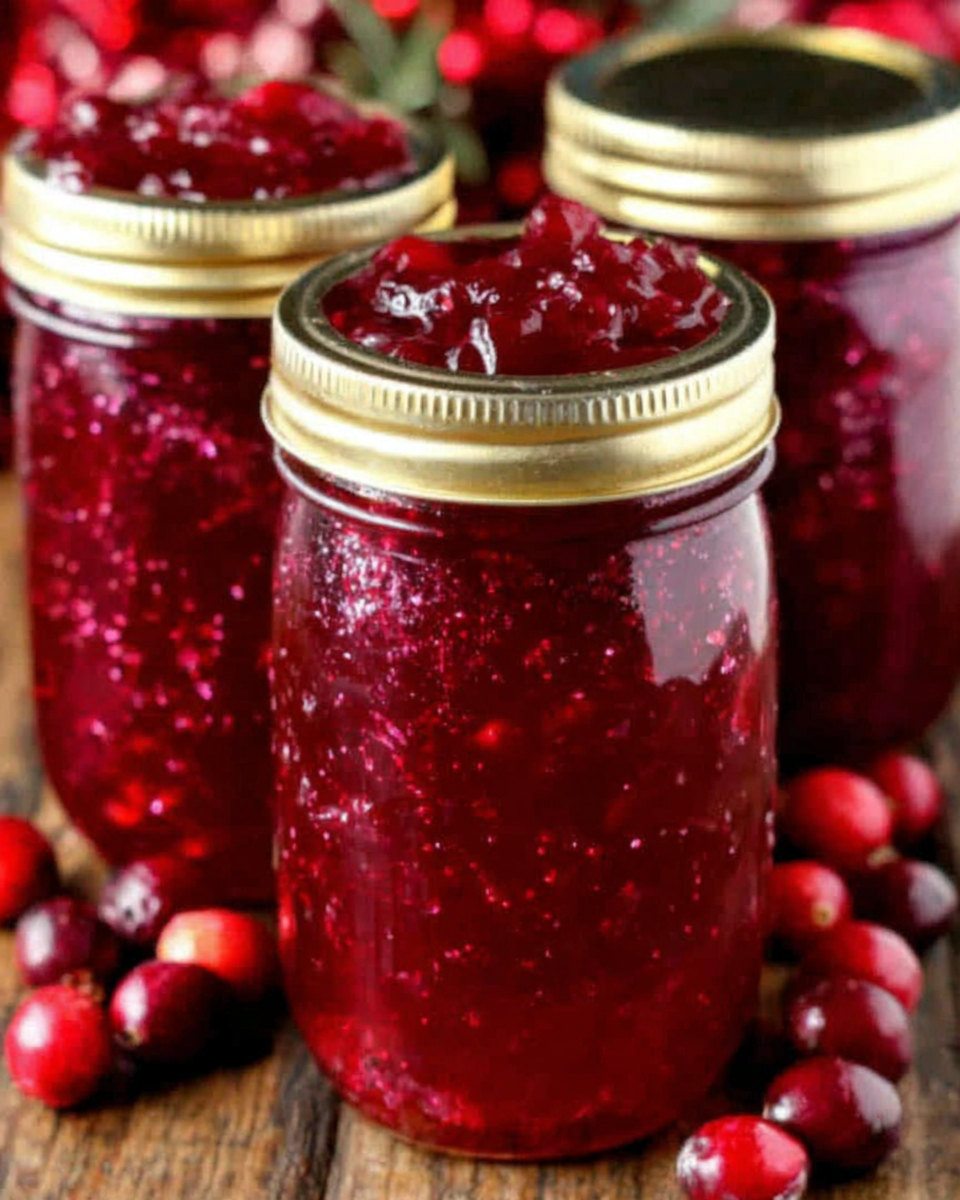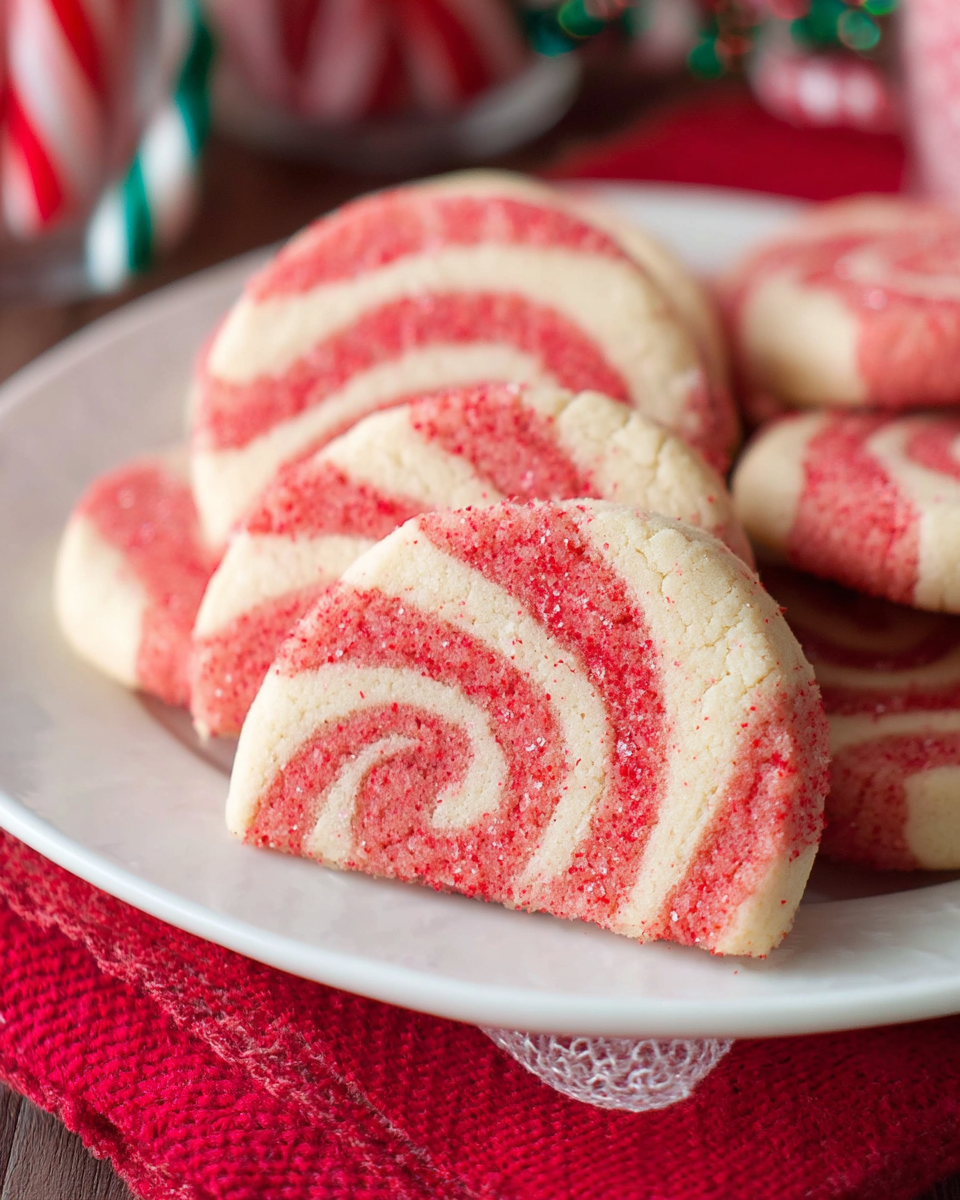Introduction
A timeless classic, the New York-style cheesecake is known for its rich, creamy texture and delightful balance of sweetness and tartness. This dessert has earned its place as a staple in bakeries and homes alike, embodying the spirit of indulgence with every mouthful.
What sets apart this cheesecake is its dense consistency, achieved through high-quality cream cheese and a few select ingredients working harmoniously. The smooth vanilla beans and zesty lemon juice add complexity while allowing the cream cheese to shine through. Whether served plain or topped with fresh fruit, every slice offers a unique experience.
Perfect for celebrations or cozy gatherings, mastering the classic New York-style cheesecake is an accomplishment that brings joy and satisfaction to any home cook. With a few simple steps, you will have a dessert that is sure to impress friends and family.
Ingredients
- 2 cups graham cracker crumbs
These crumbs form the base of the cheesecake crust, providing a crunchy texture and slightly sweet flavor that complements the creamy filling. - 1/2 cup granulated sugar
Sugar sweetens the crust and filling while helping to balance the tanginess of the cream cheese, creating a harmonious flavor throughout the cheesecake. - 1/2 cup unsalted butter, melted
Butter binds the crumb mixture together and adds richness, contributing to the overall smoothness of the crust. - 4 (8-ounce) packages cream cheese, softened
The star ingredient of this cheesecake, cream cheese provides the creamy, dense texture and distinct flavor that defines a New York-style cheesecake. - 1 cup granulated sugar
This sugar sweetens the filling and enhances the natural flavor of the cream cheese, ensuring the cheesecake is not overly tart. - 4 large eggs
Eggs bind the ingredients while adding richness, aiding in the structural integrity of the cheesecake as it sets in the oven. - 1 teaspoon vanilla extract
Vanilla extract imparts a warm, aromatic flavor that rounds out the sweetness and elevates the overall taste experience. - 2 tablespoons fresh lemon juice
Lemon juice adds brightness and acidity, balancing the richness of the cream cheese while preventing it from being too sweet. - 1 tablespoon all-purpose flour
Flour acts as a stabilizer that helps to set the cheesecake, contributing to a firm yet creamy texture.
Directions & Preparation
Step 1: Preheat your oven to 325°F (160°C).
Preheating the oven is essential for ensuring uniform baking. A stable, preheated environment helps the cheesecake rise evenly, preventing cracks and creating a smooth surface.
Step 2: Prepare the crust: In a bowl, combine graham cracker crumbs, 1/2 cup sugar, and melted butter until well mixed. Press this mixture firmly into the bottom of a springform pan.
Pressing the crust mixture firmly into the pan is crucial. This creates a sturdy base that will hold the cheesecake together. The mixture needs to be compact enough to prevent it from crumbling when serving.
Step 3: Bake the crust for 10 minutes, then remove from the oven and let it cool completely.
Baking the crust sets it and develops flavor. Allowing it to cool also prevents the filling from melting the crust later, ensuring every bite remains intact and luscious.
Step 4: In a large mixing bowl, beat the softened cream cheese until smooth and creamy. Gradually add 1 cup of sugar and mix well.
Beat the cream cheese thoroughly to eliminate lumps, achieving that silky smooth texture synonymous with New York-style cheesecakes. Gradually adding the sugar prevents clumping and promotes even sweetness.
Step 5: Add eggs one at a time, mixing on low speed after each addition. Then add the vanilla, lemon juice, and flour, mixing until just combined.
Adding eggs gradually helps incorporate air without overmixing, which could lead to cracks. Careful mixing with dry ingredients ensures a smooth mixture without overworking, maintaining a creamy texture.
Step 6: Pour the cream cheese mixture over the cooled crust, smoothing the top with a spatula.
Pouring the filling carefully on top of the crust helps maintain the integrity of the crust. Smoothing the top allows for even baking and a lovely presentation.
Step 7: Bake for 1 hour and turn off the oven, leaving the cheesecake inside for an additional hour without opening the door.
Turning the oven off and allowing the cheesecake to slowly cool helps prevent it from cracking due to sudden temperature changes. The gradual cooling process allows it to set perfectly.
Step 8: Remove the cheesecake from the oven and let it cool to room temperature before refrigerating for at least 4 hours, preferably overnight.
Cooling to room temperature prevents condensation from forming in the refrigerator, ensuring a firmer texture. Chilling overnight allows flavors to marry and the cheesecake to firm up for cleaner slices.
Step 9: Before serving, run a knife around the edge of the cheesecake to loosen it from the pan, then carefully remove the sides of the springform pan.
Running a knife along the edges ensures the cheesecake remains intact, preventing it from sticking to the sides. This step is crucial for presentation when cutting into perfect slices.

The Importance of Cream Cheese Quality
Using high-quality cream cheese is vital for achieving the iconic density and creaminess of a New York-style cheesecake. Look for a block-style cream cheese instead of spreadable varieties, as they contain extra moisture and may not set correctly. This choice will affect not just the texture, but also the overall flavor, helping to create a rich experience with each bite.
Perfecting the Graham Cracker Crust
A well-constructed graham cracker crust is the foundation of this cheesecake. It should be firm enough to hold the filling but not so hard that it becomes difficult to slice or eat. Achieving the right texture involves the perfect balance of graham cracker crumbs, sugar, and butter mixed in the right proportions and pressed firmly into the pan. A little baking can also enhance its flavor, making it an enticing contrast to the creamy interior.
Chilling: A Crucial Final Step
The chilling process is not just about making the cheesecake cold; it is essential for flavor development and texture. The longer the cheesecake sits in the refrigerator, the more the flavors will deepen and meld, resulting in a richer taste. It's worth the wait, as serving a cheesecake that has properly chilled will result in a cleaner slice and a more delightful eating experience, showcasing the skill required to make this classic dessert.
FAQs
What can I do if my cheesecake cracks during baking?
Cracking can be minimized by ensuring a gentle mixing process and avoiding sudden temperature changes. Introducing a water bath in the oven can also help maintain moisture, reducing the risk of cracks.
Can I use a different type of crust for this cheesecake?
Yes, you can experiment with different crusts, such as an Oreo cookie crust or a nut-based crust. Just ensure the texture complements the creamy filling.
Why does my cheesecake have an overly dense texture?
Overmixing the batter or using too much cream cheese can lead to a dense texture. Ensure ingredients are mixed just until combined to maintain a light and creamy consistency.
How do I know when the cheesecake is done baking?
The cheesecake should be set around the edges with a slight jiggle in the center. It will continue to firm up during the cooling process.
What’s the best way to serve leftovers?
Leftover cheesecake should be stored in the refrigerator. For best results, serve chilled and let slices sit at room temperature for a few minutes before serving to slightly soften.
Can I add a fruit topping, and when should I add it?
Fruit toppings can enhance the cheesecake significantly. Add them just before serving to maintain freshness and prevent the crust from becoming soggy.
Conclusion
Crafting a classic New York-style cheesecake is a rewarding endeavor, combining simple ingredients to create a luxurious experience. Each slice embodies tradition, skill, and a touch of love, making it a cherished delight at any gathering.
As you savor each bite of your homemade cheesecake, take pride in the fact that you’ve mastered a beloved culinary classic. Whether topped with fruit or served plain, it’s bound to be a hit with everyone fortunate enough to indulge.
Recipe Card

Butternut Squash Pasta with Sausage and Spinach
Ingredients
- 12 oz. pasta such as fusilli or penne
- 2 cups butternut squash peeled and cubed
- 1 lb. Italian sausage crumbled
- 3 cups fresh spinach washed and chopped
- 3 cloves garlic minced
- 1/2 cup vegetable or chicken broth
- Salt and pepper to taste
- 1/4 cup grated Parmesan cheese for serving
Instructions
- Preheat your oven to 400°F (200°C).
- Toss the cubed butternut squash with olive oil, salt, and pepper, then spread it on a baking sheet.
- Roast the squash for about 25-30 minutes until tender and caramelized.
- While the squash roasts, cook the pasta according to package directions until al dente.
- In a large skillet, cook the crumbled sausage over medium heat until browned and fully cooked.
- Add the minced garlic to the skillet and sauté for about 1 minute until fragrant.
- Pour in the broth and allow it to simmer for a few minutes to meld the flavors.
- Stir in the roasted butternut squash and cooked pasta into the skillet.
- Add the chopped spinach and stir until wilted.
- Serve immediately, garnished with grated Parmesan cheese.
Notes
Additional serving suggestions: pair with a crisp salad, garlic bread, or roasted seasonal vegetables for balance.
For make-ahead, prep components separately and assemble just before heating to preserve texture.
Taste and adjust with acid (lemon/vinegar) and salt right at the end to wake up flavors.

